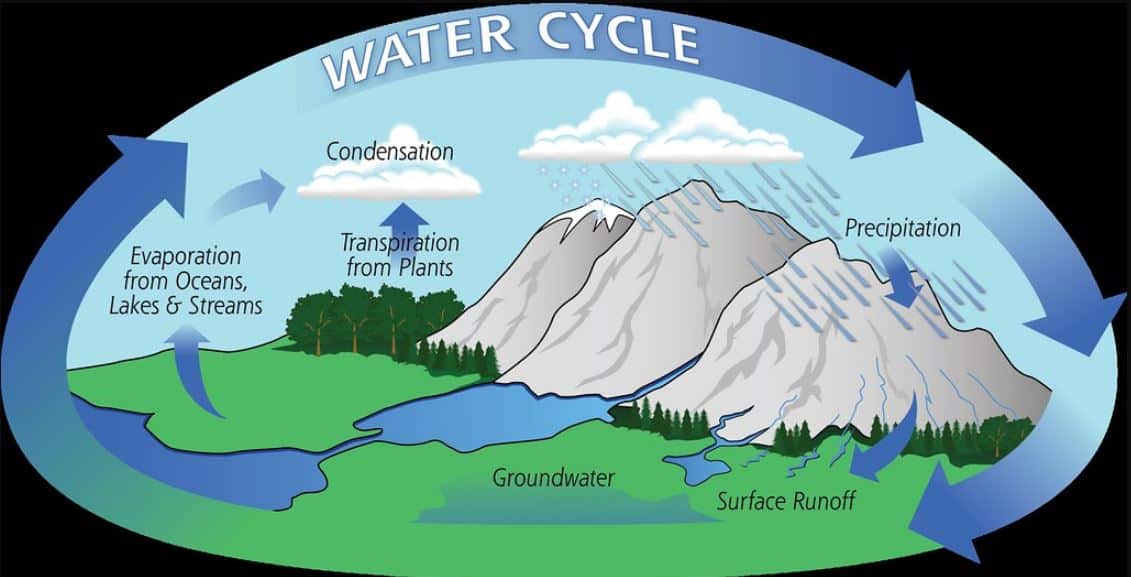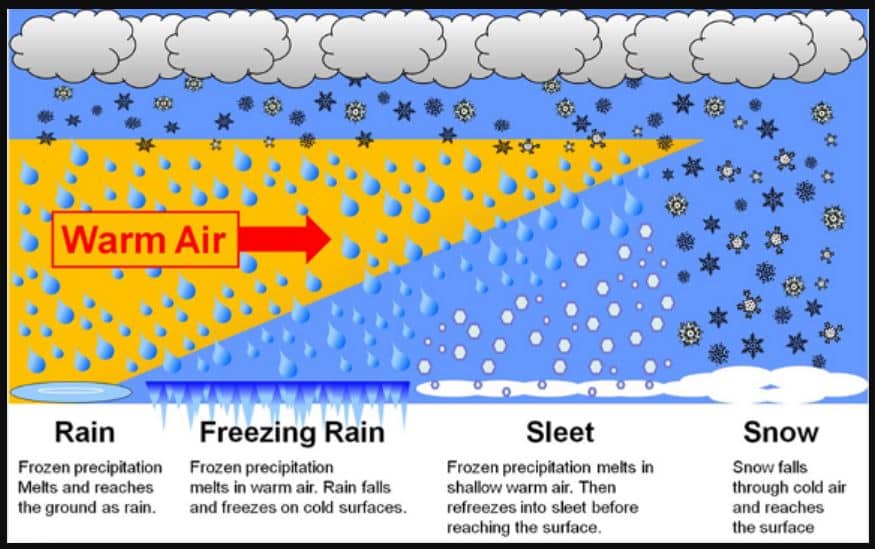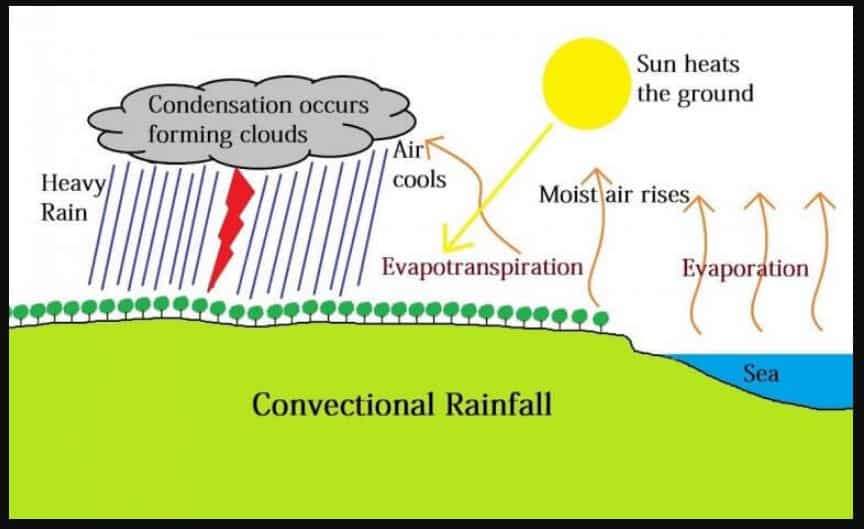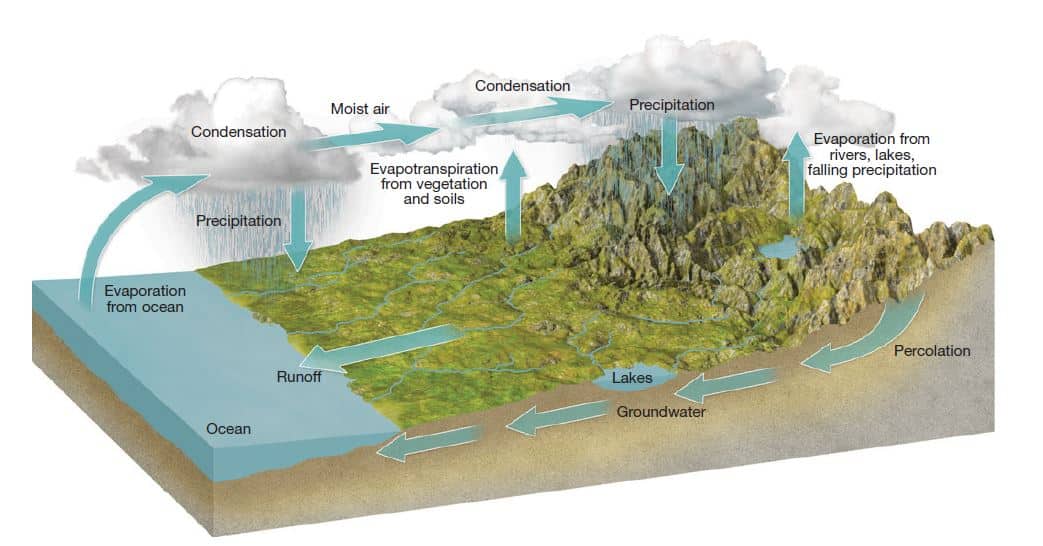Crocodiles: Ancient Predators of the Reptile World
Crocodiles are large, predatory reptiles belonging to the order Crocodylia. They are ancient creatures with a lineage dating back over 200 million years, making them relatives of dinosaurs. Read here to learn more about them. Crocodiles are known for their semi-aquatic lifestyle and are found in various freshwater habitats, including rivers, lakes, marshes, and estuaries. The species vary in size, with some reaching lengths of over 6 meters (20 feet) or more. The saltwater crocodile is the largest living crocodile species. They have streamlined, elongated bodies with a powerful tail, webbed feet, and a long, tapered snout. Many croc species have faced threats like habitat loss, hunting for their skins, and human-crocodile conflicts. Conservation efforts, including habitat protection and breeding programs, have been implemented to conserve crocodile populations.
Significance of Crocodiles
Crocodiles play a crucial role in maintaining the ecological balance of their habitats. As top predators, they help regulate prey populations and prevent overpopulation. Additionally, crocodiles are important indicators of ecosystem health, as their presence or absence can reflect the overall health of a freshwater ecosystem.
Features of Crocodiles
Crocodiles have streamlined bodies with powerful jaws and sharp teeth designed for catching and devouring prey. They are excellent swimmers and can move swiftly through water using their robust tails. Crocodiles have a unique ability to regulate their body temperature by basking in the sun or seeking shade, allowing them to thrive in various environmental conditions.
Objectives of Conservation Efforts
The primary objective of crocodile conservation efforts is to protect and preserve crocodile populations and their habitats. By implementing measures such as habitat protection, captive breeding programs, and public awareness campaigns, conservationists aim to ensure the long-term survival of crocodiles and maintain biodiversity in their ecosystems.
Effects of Conservation
Conservation efforts have led to positive outcomes for crocodile populations in India and other regions. By safeguarding their habitats and reducing human-crocodile conflicts, conservation initiatives have helped stabilize and even increase crocodile numbers in some areas. Additionally, heightened awareness about the importance of crocodiles in ecosystems has fostered a greater sense of coexistence between humans and these ancient predators.
Pros and Cons of Conservation
One of the main pros of crocodile conservation is the preservation of biodiversity and the protection of a keystone species in freshwater ecosystems. By conserving crocodiles, other species that depend on these reptiles for ecological balance are also safeguarded. However, challenges such as habitat encroachment, illegal hunting, and human-crocodile conflicts continue to pose threats to crocodile populations despite conservation efforts.
Fun Fact
Crocodiles can live for over 70 years in the wild, making them one of the longest-lived reptiles on the planet. Their longevity allows them to play a significant role in their ecosystems for many decades.
Mutiple Choice Questions
1. What is one of the significant threats faced by crocodiles in India?
A. Habitat loss
B. Predation by other animals
C. Overpopulation
D. Lack of food source
Correct Answer: A. Habitat loss
Explanation: Crocodiles in India face threats like habitat loss, hunting for their skins, and human-crocodile conflicts.
2. Which crocodile species is listed as Critically Endangered on the IUCN Red List of Threatened Species?
A. Saltwater Crocodile
B. Mugger Crocodile
C. Gharial
D. American Crocodile
Correct Answer: C. Gharial
Explanation: The Gharial is listed as Critically Endangered on the IUCN Red List of Threatened Species.
3. Which crocodile species is known for inhabiting both saltwater and freshwater habitats?
A. Mugger Crocodile
B. Gharial
C. American Alligator
D. Saltwater Crocodile
Correct Answer: D. Saltwater Crocodile
Explanation: Saltwater Crocodiles are known for their ability to inhabit both saltwater and freshwater habitats.
4. Where are Mugger Crocodiles primarily found in India?
A. Sundarbans
B. Bhitarkanika Wildlife Sanctuary
C. Andaman and Nicobar Islands
D. Gujarat, Rajasthan, Madhya Pradesh, Uttar Pradesh, Maharashtra
Correct Answer: D. Gujarat, Rajasthan, Madhya Pradesh, Uttar Pradesh, Maharashtra
Explanation: Mugger Crocodiles are found in various freshwater habitats in different states of India like Gujarat, Rajasthan, Madhya Pradesh, Uttar Pradesh, Maharashtra.
5. Which crocodile species is native to Central Africa, including the Congo River basin?
A. American Crocodile
B. Nile Crocodile
C. African Crocodile
D. West African Crocodile
Correct Answer: C. African Crocodile
Explanation: The African Crocodile is native to Central Africa, including the Congo River basin.
6. What is the primary habitat of the Saltwater Crocodile in India?
A. Deserts
B. Grasslands
C. Mangroves
D. Mountains
Correct Answer: C. Mangroves
Explanation: In India, the Saltwater Crocodile is primarily found in the mangrove habitats of the Sundarbans in West Bengal, the Bhitarkanika Wildlife Sanctuary in Odisha, and the Andaman and Nicobar Islands.
7. Which conservation program was launched in 1975 to protect crocodile populations in India?
A. UNICEF Crocodile Protection Program
B. WWF Crocodile Conservation Initiative
C. UNDP/FAO Crocodile Breeding and Management Project
D. IUCN Crocodile Preservation Project
Correct Answer: C. UNDP/FAO Crocodile Breeding and Management Project
Explanation: The UNDP/FAO Crocodile Breeding and Management Project was launched in 1975 to protect crocodile populations in India.
8. In which region of the world are Alligators primarily found?
A. Africa
B. Asia
C. Americas
D. Australia
Correct Answer: C. Americas
Explanation: Alligators are primarily found in the Americas, including southern Florida, Mexico, Central America, northern South America, and the Caribbean.
9. How do alligators regulate their body temperature?
A. By swimming continuously
B. By basking in the sun
C. By hiding in caves
D. By burrowing underground
Correct Answer: B. By basking in the sun
Explanation: Alligators regulate their body temperature by basking in the sun.
10. What makes the Gharial unique among crocodile species?
A. Visible difference between males and females
B. Ability to fly
C. Bioluminescent skin
D. Ability to change colors
Correct Answer: A. Visible difference between males and females
Explanation: The Gharial is unique among crocodile species as males have a visible difference on their snout, which resembles a ghara.
Brief Summary | UPSC – IAS
Crocodiles are ancient reptiles with a lineage dating back over 200 million years. They are found in various freshwater habitats and species vary in size, with the saltwater crocodile being the largest. In India, the Saltwater Crocodile is found in mangrove habitats, while the Mugger Crocodile has a broader distribution. The Gharial is critically endangered with a visible difference between males and females. Conservation efforts in India have helped revive crocodile populations, but human-crocodile conflicts remain a concern. Crocodiles are also found in other regions globally, with various species facing threats like habitat loss and hunting. Conservation efforts involve habitat protection and breeding programs to promote coexistence with humans and maintain biodiversity.












